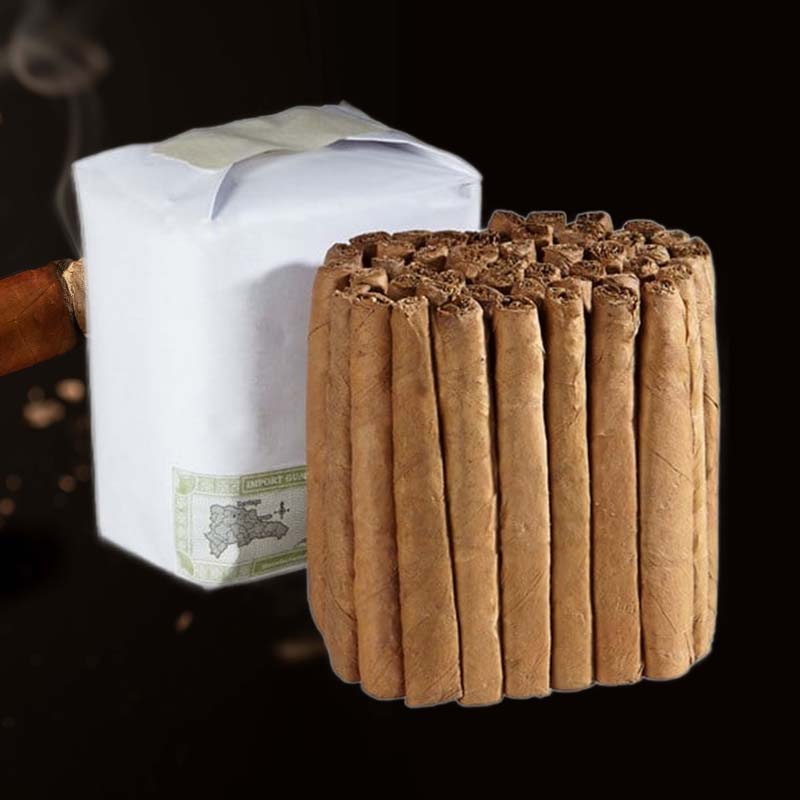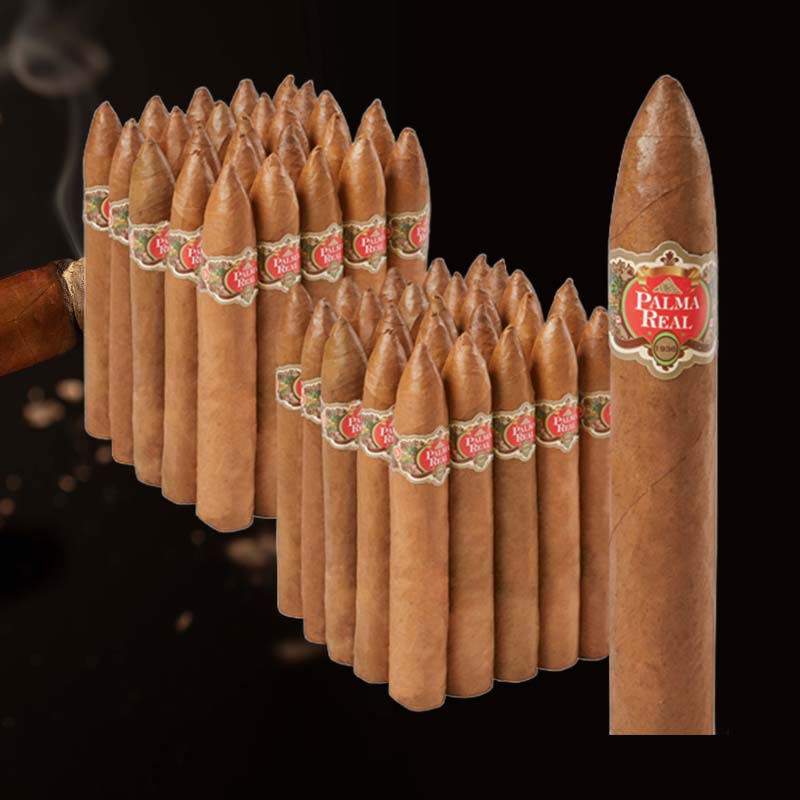Eagle torch jet lighter repair
Introduction: Fixing That Jet Lighter You Love
There’s something special about my Eagle Torch jet lighter—its sleek design and reliable flame make it not just a tool, but a part of my everyday carry. Unfortunately, like any trusty companion, it has its quirks and issues from time to time. When my lighter sputtered and refused to ignite, I felt a wave of frustration wash over me. However, I quickly realized that with a little patience and some know-how, I could bring my beloved lighter back to life. Let’s dive into the journey of repairing my Eagle Torch, so you can revitalize yours too.
Understanding Common Issues
Over the years, I’ve encountered various problems that affect torch lighters. Some money-saving DIY repairs take mere minutes and require no special skills. Here are the most common issues I’ve faced:
- Empty fuel tank
- Lighter fails to spark
- Flame adjustments misaligned
- Clogged burners
- Air trapped in fuel lines
Step 1: Tools and Materials You’ll Need

Gathering Your Repair Supplies
Before diving into the repair process, I gathered a few tools and materials to ensure a smooth experience:
- Small screwdriver (flathead and Phillips)
- Butane fuel for refilling
- Pliers
- Soft cloth for cleaning
- Compressed air (optional, for clogged jets)
Step 2: Diagnosing the Problem

Identifying Common Symptoms
I took a moment to examine the lighter, tuning into any specific symptoms. Identifying the problem is crucial before I began repairing:
- No flame when ignited
- Ineffective adjustments of flint
- Inconsistent or weak flame
- Hissing noises while igniting
Step 3: Opening Your Eagle Torch Lighter

Safe Disassembly Tips
With the lighter cleaned and diagnosed, I prepared to open it carefully. Here are some tips to keep in mind:
- Ensure the lighter is empty of butane before disassembly.
- Use the appropriate screwdriver to avoid stripping screws.
- Keep track of small parts as you disassemble—use a container.
Step 4: Adjusting the Spark Mechanism
Ensuring a Consistent Spark
Next, I focused on the spark mechanism, as it can often be the culprit when my lighter fails to ignite. Here’s how I approached it:
- Check the flint—replace if it’s too worn down.
- Adjust the flint wheel to ensure proper contact with the flint.
- Clean the area around the spark mechanism to remove debris.
Step 5: Troubleshooting When No Flame Appears

Checking Fuel Levels and Adjustments
I needed to confirm the fuel was adequately filled. If you find your lighter isn’t igniting, try these troubleshooting steps:
- Refill the lighter—ensure it’s the correct high-quality butane.
- Adjust the fuel flow—try turning the adjustment screw slightly.
- Look for air pockets in the fuel line—purge if necessary.
Step 6: Reassembling Your Lighter
Putting the Pieces Back Together
Once all adjustments were made, I carefully reassembled my Eagle Torch. Here are my tips:
- Follow the disassembly steps in reverse order.
- Tighten screws gently without overdoing it to prevent damage.
- Ensure all parts fit snugly to avoid loose components.
Step 7: Test the Lighter

Making Sure It Works Properly
With excitement brewing, I was ready to test the lighter. I held my breath while flicking the ignition button. Success! The flame burst forth beautifully. If your lighter doesn’t ignite, revisit previous steps to adjust accordingly.
Common Issues and Solutions

Butane Lighter Tank is Empty
Refilling butane is the simplest solution when your lighter fails—it’s easy to overlook!
Fuel Adjustment Issues
Turn the adjustment screw slightly to find the right flame setting; sometimes, it just needs a tweak!
No Spark Despite Ignition Attempts
Check the flint and spark wheel for wear; replacing or adjusting these can resolve the issue.
Clogged Burners
Clogged jets can hinder performance—use compressed air to clear blockages effectively.
Air Trapped in Fuel Lines
Purge the lighter to remove trapped air, ensuring consistent fuel flow when igniting.
Maintenance Tips for Your Eagle Torch Lighter

Using High-Quality Butane
I’ve learned that using high-quality butane not only enhances performance but also prolongs my lighter’s life.
Regular Cleaning of Jets
Every few weeks, I clean the jets to prevent buildup—keeping my lighter in peak condition.
Conclusion: Keeping Your Lighter in Top Shape
Final Thoughts on Repair and Maintenance
Repairing my Eagle Torch lighter not only saved me money but also deepened my appreciation for this trusty tool. By following these steps, I’ve restored its functionality and maintained its charm. Remember, with a little care, your lighter can last for years to come!
FAQ

Why do jet lighters stop working?
Jet lighters often stop working due to empty fuel tanks, clogged burners, or issues with the spark mechanism. Regular maintenance can help avoid these problems.
How do you fix a torch lighter that won’t spark?

Check the flint and wheel for issues. Replacing or repositioning the flint can often solve spark problems—it’s frequently a simple fix!
Can an Eagle torch be refilled?

Yes, Eagle torch lighters are designed to be refilled with high-quality butane, allowing for continued use without needing replacement.
Why is my butane lighter not igniting?

Your butane lighter may not ignite due to an empty tank, blocked jets, or a malfunctioning spark mechanism, and can usually be fixed with simple adjustments.





